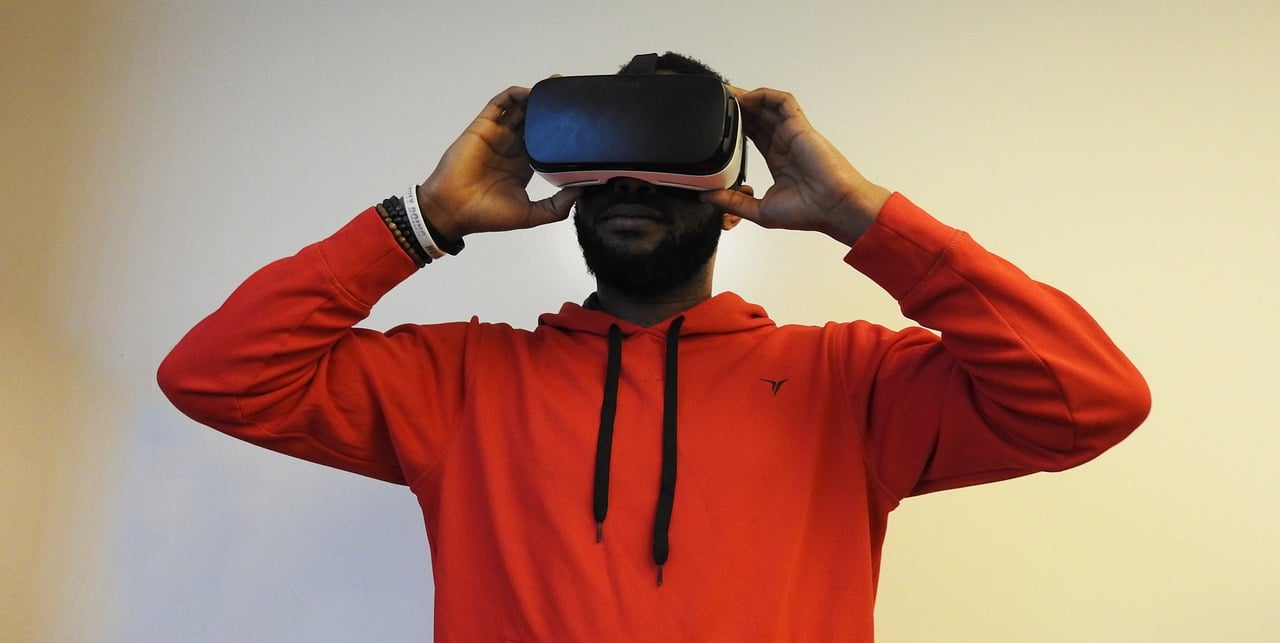Samsung released the much-awaited Galaxy Note 10 yesterday. Prior to its release, there were speculations that the Galaxy Note 10 wouldn’t support the Gear VR. These speculations were confirmed today after a tech analyst talked with the Korean firm.
Tech analyst Anshel Sag, in a tweet, confirmed that the Galaxy Note 10 won’t support the Gear VR. The fact that Samsung’s latest flagship doesn’t support the Gear VR casts doubts on the future of the Gear VR. Companies regularly evaluate whether or not the user adoption is enough to support a product, and it seems the Korean firm has decided against supporting the Gear VR.
I just got confirmation from @Samsung. No version of the #Note10 is compatible with the GearVR. Not a huge loss tbh. Standalone is where it’s at. #VR
— Anshel Sag (@anshelsag) August 7, 2019
Samsung, however, hasn’t yet scrapped the headset. The Gear VR product page is still live on Samsung’s store, but it doesn’t seem to have a purchase button. One can still buy the headset on Amazon though.
Also, it is not known if Samsung will continue to provide the adapter for the headset as several recent handsets do support the Gear VR via an adapter. The latest phone to support the headset is the Galaxy S10 (via an adapter).
Samsung’s Galaxy Note 10 not supporting the Gear VR does not come as a surprise considering the growing popularity of standalone devices with built-in displays, such as Oculus Go. Also, the Korean firm has not updated the headset since 2017, and did not talk about it during yesterday’s Unpacked event as well.
In May, Google also announced that the Pixel 3a won’t support Android’s built-in Daydream platform. So, it is likely that phone-based VR will be replaced by standalone devices going forward. User adoption could also be a reason why the Galaxy Note 10 won’t support Gear VR.
Along with the technology, another drawback of the phone-based VR is that they are battery intensive. For instance, the 3,000mAh battery in the Galaxy Note 5 dwindled to zero after using the Gear VR for about 4-5 hours, according to AndroidHeadlnes. This means Gear VR users have to charge their phone twice a day.
Another issue with the Gear VR is with the graphics in many games and apps. A game may look great if you are playing it on your phone, but when it is too close to your eyes in a VR headset, those graphics may lose their appeal. Overheating issues have also been reported with the Gear VR, marring the gaming experience of the users.
One more limitation of the Gear VR is that it restricts user’s physical movements. For instance, installing instructions of the headset say that users should not turn around or move while using the headset. On the other hand, with standalone devices such as the Oculus Quest, users don’t have to sit down, rather they can interact with the area around them and with the game inside their headset.
Samsung might have confirmed that the Galaxy Note 10 won’t support the Gear VR, but the company may continue to support it for several years considering it is still compatible with many Samsung phones. Moreover, the headset is also commonly used in VR events, such as film festivals and classrooms.
As well, it is among the most pocket friendly VR headsets available currently. Though there are many standalone VR headsets in the market that offer a more superior experience than the Gear VR, they cost 5-7 times more than the Gear VR.
Samsung partnered with Facebook for the Gear VR. Facebook took care of the software part, while Samsung designed the VR headsets. The early adoption of the Gear VR forced Google to come up with the Daydream VR platform.
Separately, Samsung launched two Note 10 phones this year – a regular 6.3-inch Galaxy Note 10 with a starting price of $949, and a 6.8-inch Note 10 Plus with a starting price of $1,099. One noteworthy change with the Note 10 is the missing headphone jack. Buyers now get free USB-C headphones in the box, but an adapter dongle for the existing headset will cost $10.
Samsung has improved the S Pen as well, adding gesture control that allows users to swipe through screens from afar. Wireless charging has also improved on both phones. Samsung’s Note 10 Plus features four rear cameras. Further, the bigger variant has a larger battery and more RAM than the regular Note 10. Both of the phones will go on preorder Aug. 8, and hit the shelves on Aug. 23.
Samsung has launched a 5G version of the Galaxy Note 10 Plus as well. The 5G version is the same as the usual Plus version except for the modem inside. Initially, the 5G variant will be exclusive to Verizon, and after that will be available on T-Mobile, AT&T and Sprint. The 5G version costs $1299, the same price as the Galaxy S10 5G.





